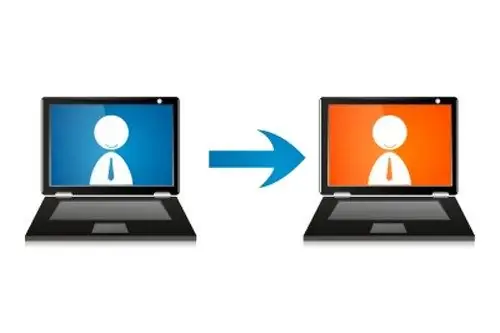On Windows, the Network Neighborhood window contains shortcuts to shared printers, computers, and other network resources. You can open this window in different ways.

Instructions
Step 1
To enter the network environment, click on the icon of the same name on the desktop or in the "Start" menu - the required window will open. When the operating system is installed, the Network Neighborhood shortcut automatically appears on the desktop. If the icon you want is missing, customize its display. Call the "Display" component.
Step 2
From the Start menu, open the Control Panel. In the Appearance and Themes category, select the Display icon. Alternative way: right-click in an empty space on the desktop and select "Properties" from the drop-down menu.
Step 3
In the "Display Properties" dialog box that opens, go to the "Desktop" tab and click on the "Desktop Settings" button. In the additional window that opens, click the "General" tab. In the "Desktop Icons" group, put a marker in front of the "Network Neighborhood" field. Apply the settings.
Step 4
If you do not need an extra shortcut on the desktop, configure the display of "Network Neighborhood" in the "Start" menu. To do this, in the Control Panel folder, select the Taskbar and Start Menu icon in the Appearance and Themes category. Alternatively, right-click on the taskbar and select Properties from the drop-down menu.
Step 5
In the dialog box that opens, go to the "Start Menu" tab and click on the "Customize" button opposite the "Start Menu" field. Another window will open, make the "Advanced" tab active in it.
Step 6
In the "Start Menu Items" group, scroll down to the "Network Neighborhood" item and place a marker next to it. Click the OK button, the additional window will close automatically. Apply the settings in the properties window. "Network Neighborhood" will appear in the "Start" menu as a separate item.
Step 7
Also, the Network Neighborhood icon is available in any folder open on the computer, if you have configured the display of typical tasks for the folder. Call the component "Folder Options" through the "Control Panel" or open any folder and select "Folder Options" from the "Tools" menu. In the window that opens, on the "General" tab in the "Tasks" group, mark the item "Display a list of typical tasks in folders" with a marker and save these settings.






